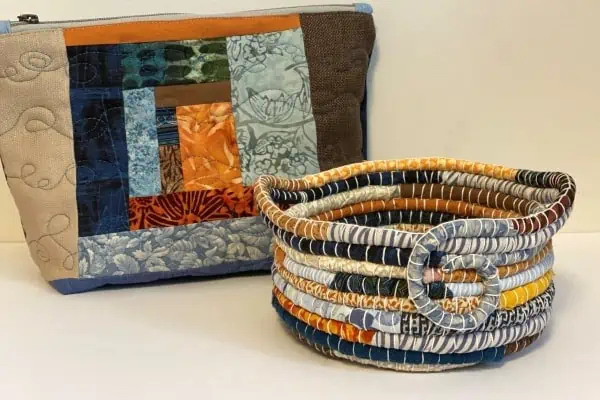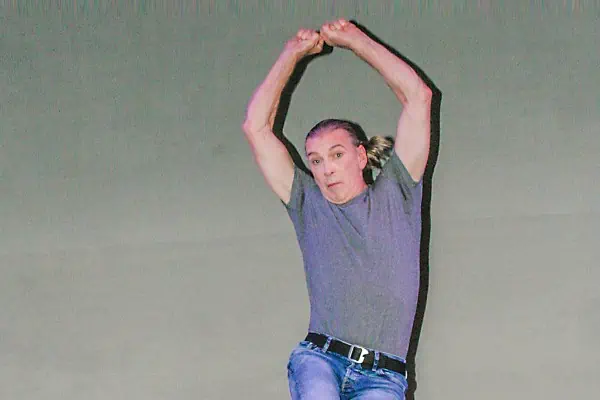In this series, Elke Reinauer profiles the three artists who have been chosen for the Chilkoot Trail Artist Residency Program.
Josh Winkler´s work is no stranger to the Yukon. In 2016 his work was exhibited with two other artists at the Yukon Arts Centre; Cut Climb Conquer was the title of his exhibition. He used watercolour and printmaking to show the history of American domination of nature and the effects on Sequoia Trees.
The main focus of Winkler’s work is environment and landscape.
The exhibit at the Arts Centre was an example of the main focus of Winkler’s work – environment and landscape. “The work satirizes the effects of, and often arrogant attitudes associated with, Euro-American expansion across North America,” he said. “By researching the past and speculating a future, I create narrative spaces that call attention to current environmental and political problems. Directly experiencing the places I make work about is important to me as an artist.”
In his current work, Winkler combines traditional media with print media and sculpture. Reaching for the Sun is the title of his recent project. “It references natural growth, but also the growth of humanity, the accumulation of products, and the fragility of the planet. This work will suggest connections between the unsustainable forward thrust of capitalism and our warming climate.”
Josh Winkler studied Fine Art at the University of Minnesota. He is currently working as an assistant professor in printmaking at the Minnesota State University in Mankato.
Trees have been important for his work. Winkler is inspired by nature, but also interested in history.
In 2013, he began a project called The Big Trees of Calaveras County, in which he started doing a series of prints and drawings to tell the story of this grove of giant sequoia trees, which is located in northern California.
For this project, he did some research about the Discovery Tree which was discouvered during the California Gold Rush of 1842. In 1852 a miner was out hunting and discovered a huge sequoia tree, which the miner named Discovery Tree and decided to make money out of its bark.
It took 22 days and five men to fell it, Josh Winkler wrote in an essay about this project.
The miners also made the stump an early tourist attraction. As part of the The Big Trees of Calaveras County project, he created a huge graphite rubbing
Winkler is also concerned with invasive species that damage trees, such as the emerald ash borer, which is a beetle and an invasive species which eats bark and damages trees.
“In the Yukon, I am curious about the spruce bark beetle. A warming climate in both locations seems to pose increased risks for the spread of these infestations.”
He is also interested in the history of the Yukon Gold Rush.
“I am excited to link some of the historical moments that I have been reading about, to real places – to get out in that landscape, to draw, write, and meet up with a variety of people.”
For his time on the Chilkoot Trail he hopes to make connections with other hikers , to better understand the history of the area, and to make a new body of work, he said. “I want to learn more about the various impacts of the Stampeders on the area. I am excited about the unique history of the area, and I am excited to have the time and space to immerse myself in new ideas and creative pursuits.”
The Chilkoot Trail Artist Residency Program is now in its eighth year. The Yukon Arts Centre, Parks Canada, the United States’ National Park Service and Skagway Arts Council recently announced the three participants for this year: Josh Winkler, from Minnesota, will hike the trail at the end of June; Kristin Link from Alaska will hike the trail mid-July; and Hilary Lorenz from New York will be hiking the trail at the end of July. This series will introduce each artist with a profile.




